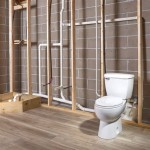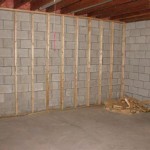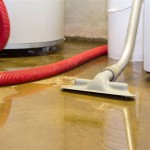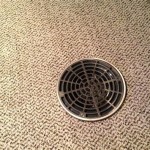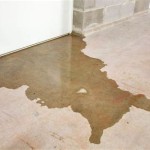What Humidity Should Basement Be?
A basement is a valuable part of a home, providing extra storage space or even a finished living area. However, basements can also be prone to moisture problems, including high humidity levels. Maintaining the proper humidity level in your basement is crucial for preventing damage to your belongings and creating a healthy living environment.
Ideal Humidity Range
The ideal humidity range for a basement is between 30% and 50%. Humidity levels below 30% can cause dry air, leading to cracked wood, peeling paint, and increased static electricity. On the other hand, humidity levels above 50% can promote mold growth, mildew, and condensation, damaging stored items and creating health risks.
Causes of High Humidity
Several factors can contribute to high humidity in a basement, including:
- Water infiltration: Leaky pipes, cracks in the foundation, or poor drainage can allow water to seep into the basement, increasing humidity.
- Condensation: When warm, moist air comes into contact with cold surfaces, such as basement walls, condensation can form, raising humidity levels.
- Inadequate ventilation: Basements often lack proper ventilation, leading to the buildup of moisture in the air.
Consequences of High Humidity
High humidity in a basement can have several negative consequences, such as:
- Mold and mildew growth: Mold and mildew thrive in humid environments, potentially causing health problems, such as respiratory issues and allergies.
- Damage to belongings: Excess moisture can damage stored items, such as furniture, books, and clothing.
- Structural damage: High humidity can lead to rotting wood, rusting metal, and peeling paint, compromising the structural integrity of the basement.
Solutions for Maintaining Proper Humidity
To maintain the proper humidity level in your basement, consider implementing the following solutions:
- Identify and fix water leaks: Inspect your basement for any leaks and repair them promptly. This will prevent water from infiltrating and contributing to high humidity.
- Improve ventilation: Install a dehumidifier to remove excess moisture from the air. Ensure your basement has adequate ventilation by installing exhaust fans or opening windows periodically.
- Use a hygrometer: Monitor the humidity levels in your basement using a hygrometer. This will help you track changes and adjust your humidity control measures as needed.
Conclusion
Maintaining the proper humidity level in your basement is essential for protecting your belongings, ensuring a healthy living environment, and preventing costly damage. By understanding the ideal humidity range, identifying potential causes of high humidity, and implementing effective solutions, you can create a comfortable and safe basement space.

Moisture In Basements Causes And Solutions Umn Extension

Dehumidifier Setting Chart What Should Be Set At

How To Achieve An Ideal Basement Humidity Of 30 50

How To Achieve An Ideal Basement Humidity Of 30 50

How To Lower Your Basement S Humidity Level

Overview Dehumidification In The Basement Or Crawl Space

Relative Humidity Why You Need To Understand It News And Events For Basement Systems Inc

Basement Humidity Potential Damages How To Get Rid Of It

Ideal Basement Humidity And How To Achieve It Epp Foundation Repair

How To Achieve An Ideal Basement Humidity Of 30 50

